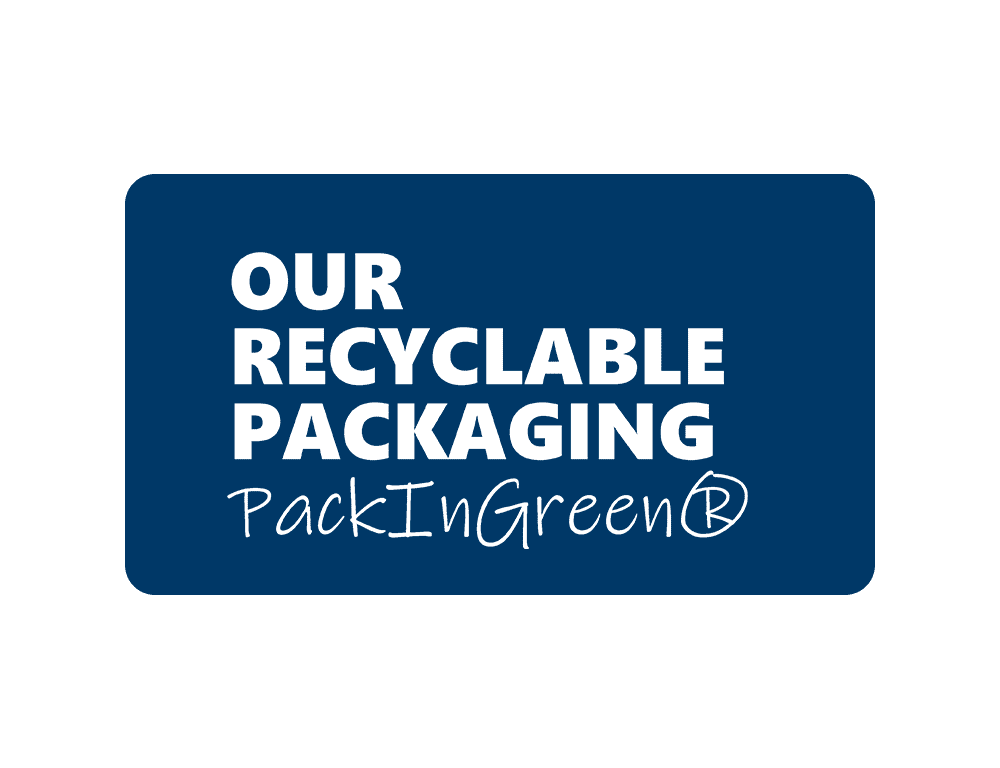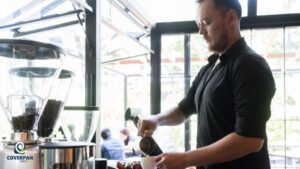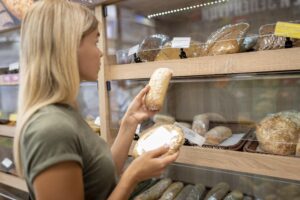Flexible packaging is widely used in industries such as food, cosmetics, and pharmaceuticals. Its popularity comes from its efficiency, light weight, and long shelf life. However, recovering this type of packaging at the end of its life remains one of the biggest challenges for the circular economy.
According to the UN Environment Report (2019), the world produces 300 million tonnes of plastic waste every year—roughly the weight of the entire human population. Around 13 million tonnes of that plastic ends up in the oceans. If current trends continue, more than 12 billion tonnes could be sitting in landfills or polluting nature by 2050.
Key challenges in flexible packaging recovery:
- Multi-layer composition: Many packages are made of several layers of different materials (plastic, aluminium, paper). This makes mechanical recycling difficult, as these layers cannot be easily separated.
- Lack of specialised infrastructure: Most recycling facilities are not designed to process flexible packaging. This limits the chances of effective recovery.
- Material contamination: These containers often come into contact with food or other products. As a result, they may contain residues that make cleaning and recycling harder and more expensive.
- Low consumer awareness: Many people don’t know whether flexible packaging is recyclable or how to sort it correctly. This directly affects its disposal and potential recovery.
Promising solutions from the packaging industry
Despite these challenges, the packaging industry is developing innovative ways to improve sustainability:
- Ecodesign: Switching to mono-material packaging makes recycling easier without reducing product protection. At Coverpan, we have developed two packaging lines—recyclable and compostable—that meet the highest standards for sustainability and shelf life. [More information]
- Advanced recycling: Technologies like chemical and molecular recycling can break down complex materials into their basic elements. This opens up new ways to reuse materials that were previously considered non-recyclable.
- New collection and EPR models: Extended Producer Responsibility (EPR) systems push brands to take ownership of the full life cycle of their packaging. These systems often include special collection channels and drop-off points for flexible packaging.
- Reuse and refill models: Some industries are moving towards refillable formats. Consumers reuse the same packaging or return it for cleaning and refilling, reducing the volume of single-use waste.
Our commitment: Design with purpose.
At Coverpan, we believe sustainability begins at the design stage—not at the end of a product’s life cycle. That’s why we focus on purposeful design: solutions that are efficient, safe, and also environmentally responsible.
We go beyond technical sustainability. Our goal is to ensure that packaging can realistically be integrated into existing recovery systems. With this in mind, we develop packaging that:
- Are made from compostable or mono-materials to improve recyclability and compostability.
- Minimise fossil resource use by incorporating post-consumer recycled materials whenever possible.
- Fit into today’s recycling and composting infrastructure to avoid becoming unmanaged waste.
- Meet the highest food safety and quality standards, without compromising performance.
Recovering flexible packaging is a major challenge—but also a real opportunity. It’s a chance to rethink how we design, use, and manage materials.
At Coverpan, we’re committed to offering solutions that combine functionality, efficiency, and true sustainability. Because we believe that smart packaging design doesn’t just make a difference in the market—it can make a real difference for the planet.






